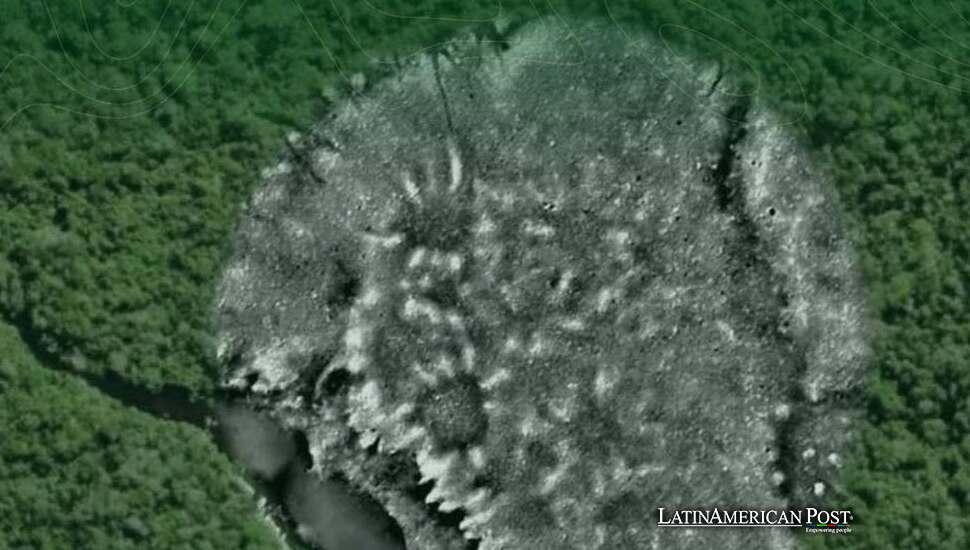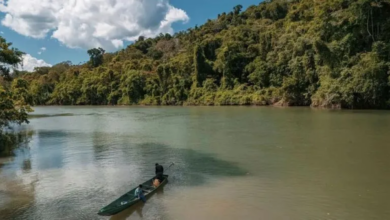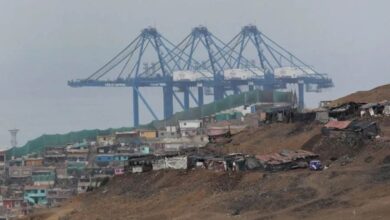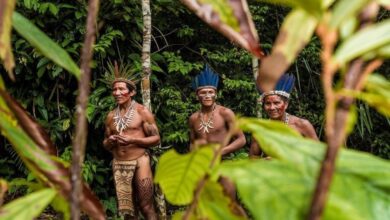Revealing Amazon Secrets With Lidar To Transform Archaeology

Deep within the vibrant heart of the Amazon rainforest, archaeologists uncover remarkable signs of past civilizations once considered impossible. With revolutionary airborne lidar, discoveries illuminate histories that challenge assumptions about how people once thrived in dense rainforests.
A Forgotten Land
Forty years ago, archaeologist Stéphen Rostain embarked on an ambitious journey into the Amazon, a region often overlooked in favor of towering Mayan pyramids farther north. In those early days, Rostain told BBC, “We were less than 10 archaeologists working in the Amazon.” Conventional wisdom held that only small, nomadic tribes had ever inhabited these dense forests, and many believed no advanced civilization had evolved there. Determined to challenge this narrative, Rostain led meticulous excavations in Ecuador’s Upano Valley. Over decades, he gathered scattered clues—subtle earth mounds and traces of ancient roads—that hinted at a more complex Amazonian past. “Everybody said there’s nothing to find,” he recalled to BBC, underscoring the skepticism he faced.
Lidar, short for light detection and ranging, has changed how archaeologists view hidden terrains. By sending out pulses of laser light from airplanes or drones, researchers can obtain precise 3D renderings of landscapes once thought impenetrable. The technology’s early origins date back over half a century, but recent advancements have made lidar systems more affordable, compact, and user-friendly. Mark Robinson, an associate professor at the University of Exeter, explained to BBC how lidar’s ease of operation opened new horizons: “I don’t have a background in physics or science, yet I could operate a lidar system.” He has found ancient structures concealed by thick vegetation that would have otherwise remained undiscovered, saying, “It’s embarrassing how close I’ve been to quite large stone pyramids and not seen them.”
Importantly, lidar’s ability to ‘see’ through forest canopies minimizes environmental damage. Instead of physically cutting paths, millions of laser pulses penetrate gaps in the foliage, striking the ground below. “When we get back in the lab and on the computer,” Robinson told BBC, “we can remove all the vegetation at the top and fill in the gaps.” This approach shows hidden roads, canals, and entire settlements, and it proves that Amazonian communities were more advanced than older theories stated.
Uncovering Lost Cities
In the Ecuadorian Amazon, Rostain’s decades-long work culminated in a breakthrough in 2021 when he employed aircraft-mounted lidar over the Upano Valley. The scans unveiled thousands of earth mounds—far more than the hundreds he had identified by foot—along with a vast network of roads and terraced fields. “Lidar gives this magic result where you see the original landscape of the first inhabitants,” Rostain told BBC. His 2024 paper on these discoveries was celebrated for radically reshaping the understanding of Amazonian civilization.
Across the Bolivian Amazon, Mark Robinson and colleagues also discovered sophisticated urban clusters using aerial lidar. “We found a network of connected settlements—larger cities and smaller towns—suggesting complexity comparable to Europe in the same period,” Robinson told BBC. Canals and causeways showed flood control plans, which helped residents catch fish and control floods. “The engineering behind this planned landscape is amazing,” he said.
Meanwhile, researcher Pedro Guillermo Ramón Celis harnessed a Cessna-mounted lidar system to survey the thickly forested Guiengola archaeological site in Mexico’s Tehuantepec region. Historical accounts had portrayed it primarily as a fortress. However, once Celis analyzed his high-resolution scans—where each pixel represented roughly 20cm on the ground—he identified more than 1,100 structures, including palaces and plazas. “Instead of doing two years of research, it took us two hours,” Celis told BBC, highlighting the dramatic efficiency gain. Guiengola was not just a military base. It became an important Zapotec capital. It changed the region’s politics.
This shows that the Amazon and nearby lands once held large, orderly societies with complex constructions. For years, people believed that thick jungles stopped big settlements. Lidar results do not support that idea, showing how ancient communities thrived by altering irrigation and agriculture, as well as urban layouts, to suit the harsh rainforest. Every 3D scan—from high mounds to hidden roads—shows more about human skill and grit in areas deemed unsuitable for living.
Looking Ahead
While lidar reveals physical structures, archaeologists rely on radiocarbon dating, ground-penetrating radar, and magnetometry to piece together ancient life. Rostain plans to use radiocarbon tests in Ecuador’s Upano Valley to pinpoint when these Amazonian societies thrived. Celis hopes to revisit Guiengola with magnetometers and X-ray fluorescence. “Now I want to see deep into the site,” he told BBC, reflecting a drive to uncover cultural practices beneath visible ruins.
Robinson believes modern communities can learn to cope with extreme climate events by examining ancient flood management in the Bolivian Amazon. “Finding out how societies dealt with floods could inspire solutions today,” he told BBC. Lidar data also lets ecologists study long-term human impact on forests. Research in Belize shows that urban settlements have left enriched soil supporting towering trees.
As lidar surveys expand, pre-Columbian America emerges with new clarity. Once sidelined, the Amazon now appears as a cradle of innovation, urbanism, and resilience. “We’re only scratching the surface,” Robinson told BBC. Vast uncharted rainforests hold clues about civilizations that rose, adapted, and vanished. The refinement of lidar promises more breathtaking finds—potentially redefining our broader human story.
Future excavations will likely embrace a multi-pronged approach, combining lidar with advanced laboratory tests to reconstruct daily life in these once-hidden domains. Researchers hope to learn more about the diets, trade routes, and beliefs of Amazonian peoples. Each finding changes the historical record while showing how people adapt to difficult conditions. As technology improves, more discoveries will come to light, adding to our shared past.
Archaeologists use both old methods and new tools to show how people changed these areas. From roads to palaces, each find proves the cleverness that existed under the forest canopy. With every scan, the Amazon’s lost cities step out of legend and into a rich, verifiable past.





